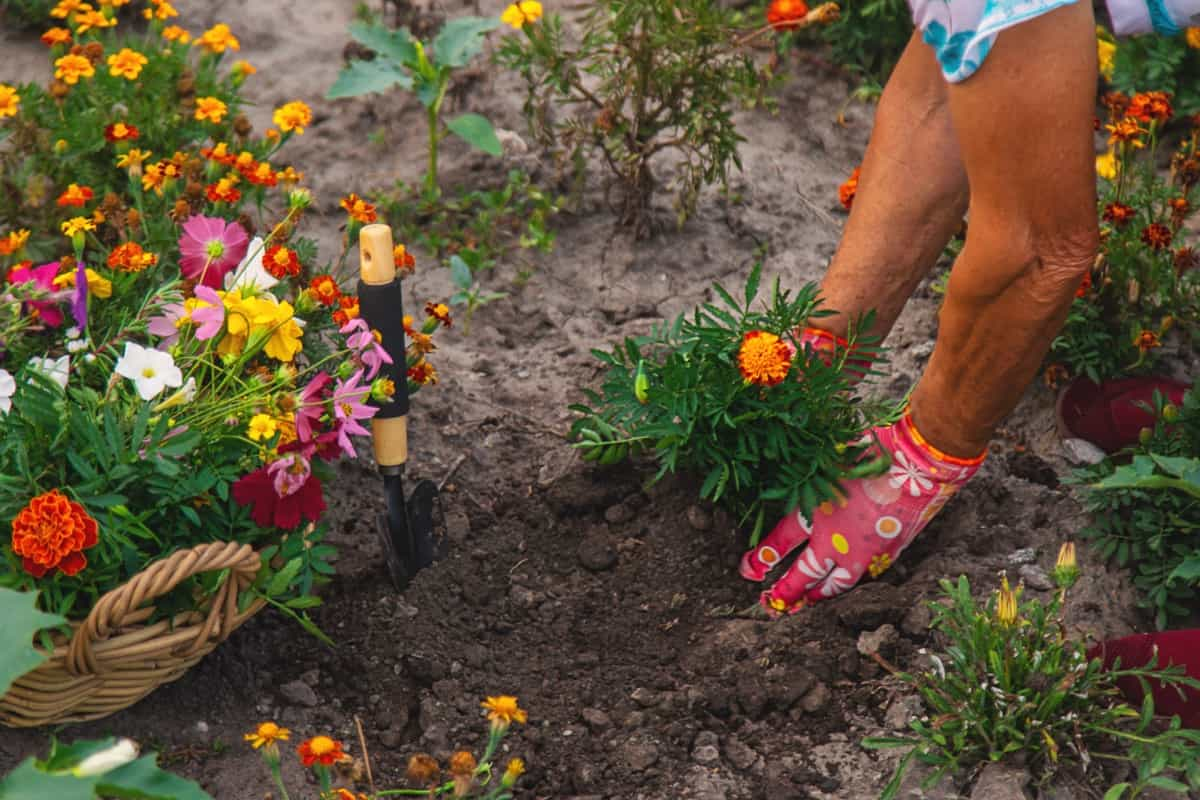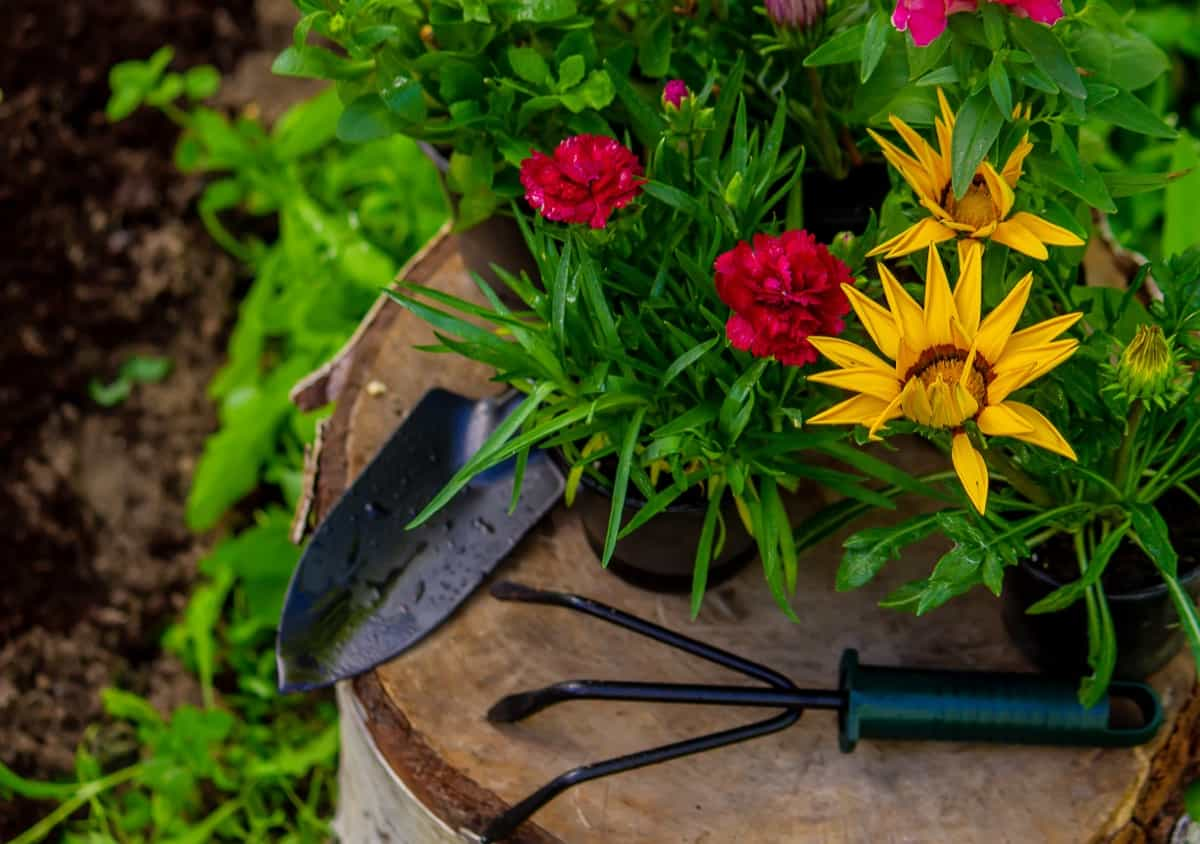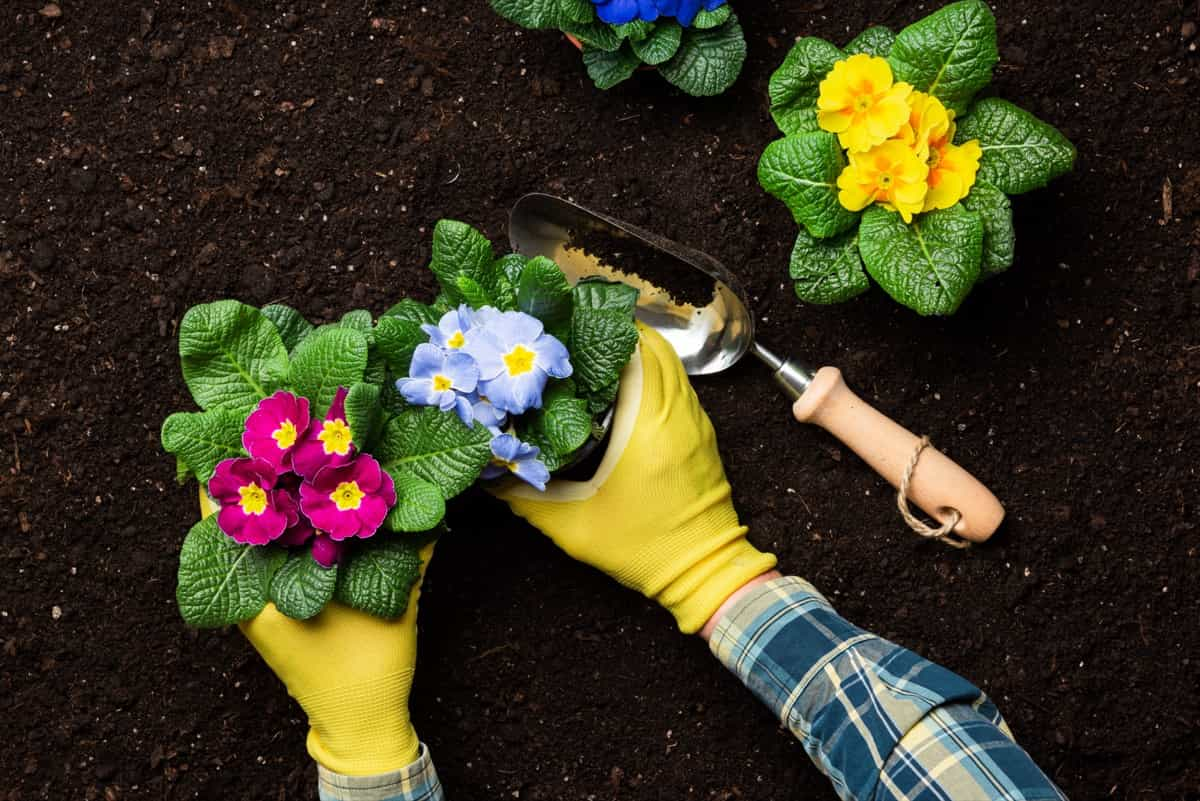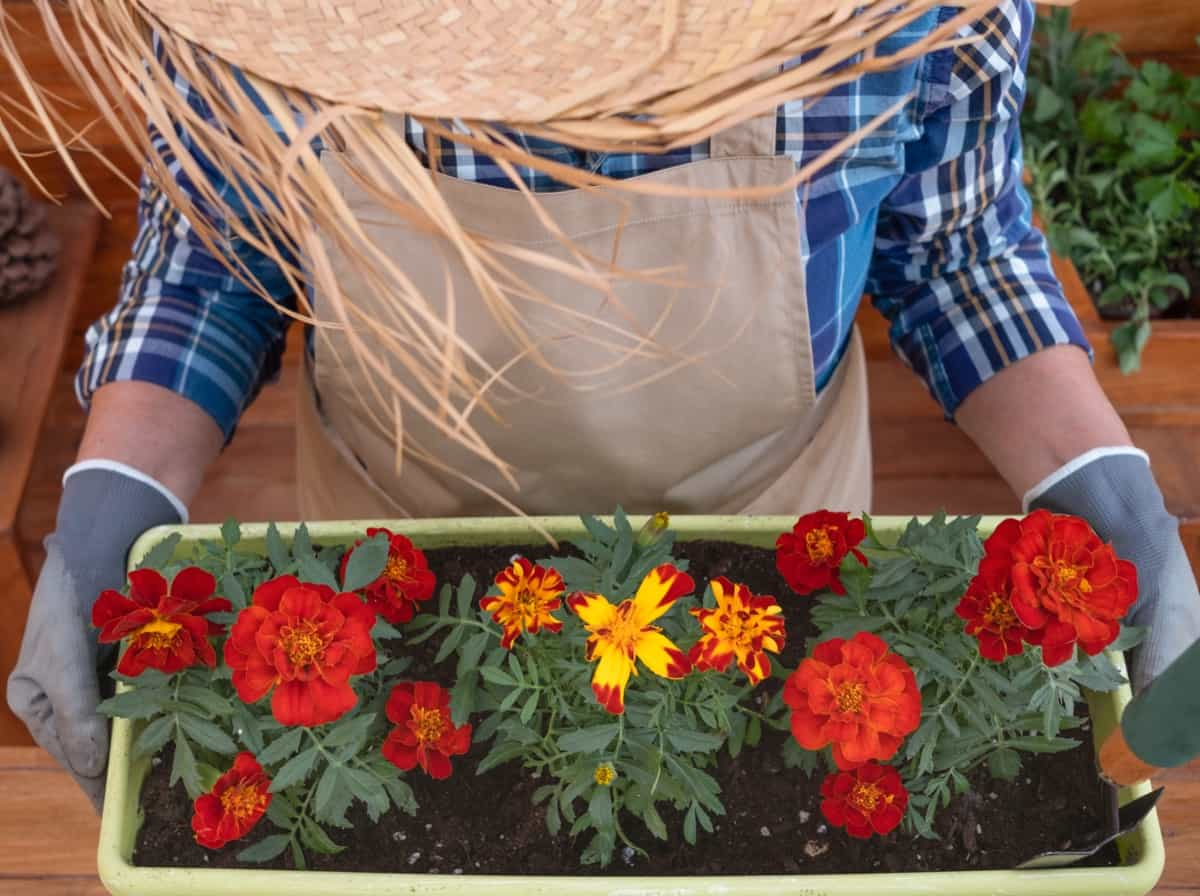Flower gardening involves carefully selecting and nurturing various flowering plants to create visually stunning displays that change throughout the seasons. With careful planning, proper care, and a love for growing beautiful blooms, your flower garden can be a source of beauty throughout all seasons.

Spring Gardening: Awakening Your Garden
The arrival of this season brings a sense of renewal and new growth, making it the perfect time to refresh your outdoor space. The essential aspect of spring gardening is choosing the right flowers that thrive in milder temperatures and longer daylight hours. Brighten up your garden with colorful tulips, daffodils, and hyacinths that signify the start of a new beginning.
Loosen compacted areas and add rich compost to ensure proper soil preparation for optimal plant growth. As temperatures rise, remember to water your plants regularly and provide adequate sunlight for maximum blooming potential.
Essential Spring Flowers and Planting Tips
Tulips are the best spring flowers that come in different colors, adding vibrancy to your outdoor space. Daffodils are another popular choice, known for their yellow blooms that signal the arrival of warmer days. When planting in the spring, choose a location with accurate sunlight and well-drained soil for optimal growth.
Watering regularly is key during this season, especially as temperatures start to rise. For a stunning display, consider mixing different flower varieties with varying heights and textures. Don’t forget to deadhead spent flower blooms to encourage continuous flowering throughout the season.
Summer Gardening: Maintaining Vibrancy and Growth
As the temperatures rise, summer gardening becomes a delightful task to ensure your flower garden remains vibrant and lush. It’s essential to stay on top of watering schedules to keep your plants hydrated during the hot months. Deadheading spent blooms not only keep your garden looking fresh but also encourage new growth and flowering.
In case you missed it: How to Grow Hibiscus from Flower

For an explosion of color in your summer garden, consider planting zinnias, marigolds, or petunias—these flowers thrive in the heat and bring a pop of brightness to any space. During this season, it is crucial to regularly inspect your flower plants for pests like aphids or spider mites.
Top Flowers for Summer Color and Heat Resistance
Summer is all about vibrant hues and heat-resistant flowers like marigolds, zinnias, and sunflowers. When it comes to summer flower gardening, choosing the right flowers is key to maintaining vibrant and colorful outdoor spaces. For those looking for a more delicate touch, petunias are an excellent choice. These versatile flowers come in various shades and patterns, perfect for adding elegance to your garden. Additionally, sunflowers are a classic favorite during the sunny season with their large blooms and tall stems that bring joy to any landscape.
Fall Gardening: Preparing for the Changing Seasons
Start by cleaning up your flower garden beds and removing any dead plants or debris that may have accumulated over the summer months. This will help prevent flower pests and diseases from taking hold as the weather cools. Consider planting cool-season flowers like chrysanthemums, pansies, and ornamental kale to add color and vibrancy to your garden during the fall season.
These hardy blooms can withstand cooler temperatures and even frost, making them ideal choices for autumn planting. Don’t forget to mulch around your plants to insulate their roots against fluctuating temperatures. Mulching protects plant roots from extreme temperature fluctuations.
Best Flowers to Plant in the Autumn Months
When selecting plants for this time of year, opt for varieties like chrysanthemums, asters, and pansies that can withstand the cooler temperature levels and shorter days. Chrysanthemums come in a variety of shades, from deep purples to bright yellows, adding a pop of color to your fall landscape.
Asters are known for their daisy-like blooms in hues ranging from white to pink and purple, making them perfect for borders or containers. Pansies bring cheer with their faces resembling tiny bursts of sunshine amidst falling leaves. So, embrace the beauty of fall by choosing these resilient flowers and watch your garden flourish even as temperatures drop.
Winter Gardening: Protecting Your Plants and Planning Ahead
Winter gardening involves more than just protecting your plants from frost; it’s about planning strategically to ensure your flowers survive the harsh conditions. One way to safeguard your plants is by mulching. A thick layer of mulch can insulate roots, regulate soil temperature, and prevent freezing damage during cold snaps. Additionally, consider investing in plant covers or cloches to shield delicate blooms from icy winds and snow.
In case you missed it: Flower Garden Designs and Layouts for Beginners

When selecting winter flowers, opt for resilient varieties like pansies, hellebores, and cyclamens that can withstand chilly temperatures. These hardy plants will add color and interest to your garden even when most other flowers are dormant. Remember to water your plants sparingly in winter, as they require less moisture during dormancy. Be mindful of drainage issues that may lead to root rot in soggy soil.
Ideal Winter Flowers and Cold Weather Care
Some ideal winter flowers include pansies, snapdragons, and ornamental cabbage. These winter plants can add a pop of color to your garden even during the dreariest months. When caring for your winter flowers, make sure to water them sparingly, as they require less moisture in colder weather. Mulching around the plant base protects them from freezing temperatures.
Additionally, consider covering delicate blooms with frost cloth on particularly chilly nights to shield them from frost damage. Taking precautions like planting in well-draining soil and positioning pots in sunny spots where possible can also help your winter flowers thrive. With proper flower plant care, you can enjoy a beautiful garden even when snow is on the ground.
Year-Round Gardening Tips: Keeping Your Flower Garden Thriving Through All Seasons
Firstly, make sure to choose different flowers that bloom at different times throughout the year. This way, you’ll always have something in bloom, no matter the season. Incorporating evergreen plants into your garden can provide some much-needed greenery during the winter months when other flowers may not be blooming. Additionally, remember to regularly deadhead your flowers to encourage new growth and prolong their blooming period.
In case you missed it: How to Boost Female Pumpkin Flowers: Effective Steps for More Flowers and High Yields

Watering is crucial year-round, so be sure to adjust your schedule based on the weather conditions. During hotter months, increase watering frequency, while in colder months, reduce it. But don’t forget about hydration altogether. Consider adding mulch around your flower plants to help retain moisture and regulate soil temperature.
Seasonal flower gardening encourages mindfulness as you observe the changes in your garden throughout the year. Remember always to research which flowers thrive best in each season based on your climate and soil conditions. By following the best tips for spring, summer, fall, and winter gardening, you can ensure that your garden remains vibrant and flourishing year-round.
- Growing Red Currants at Home for Beginners
- Gardening Techniques in Planting Vegetables
- Where to Place Indoor Plants in Your Home
- How to Grow Tomatoes Organically at Home: A Comprehensive Guide
- Organic Gardening on a Budget: Low-Cost Methods and Materials
- Gongura Seed Germination and Planting Methods
- Cabbage Seed Germination and Selection
- Broccoli Seed Germination and Selection
- Asparagus Seed Germination and Variety Selection